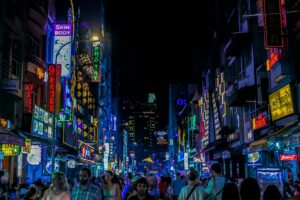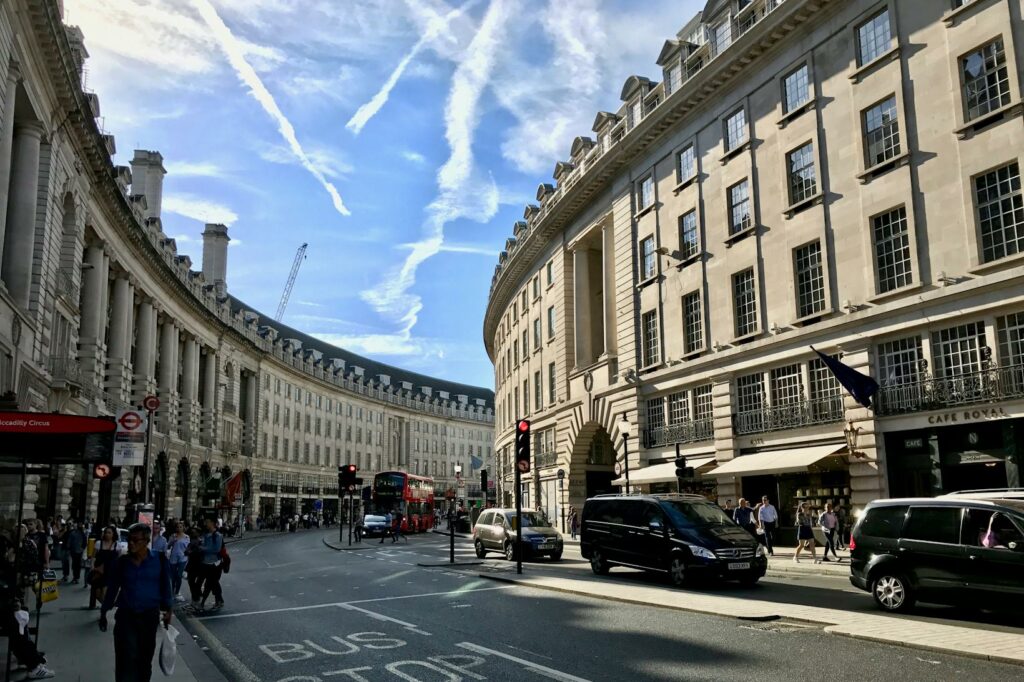Urbanization, the shift from rural to city living, is a global trend that’s shaping the future. It’s a phenomenon that’s both exciting and challenging, offering a blend of opportunities and trials. This article delves into the pros and cons of urbanization, shedding light on this complex issue.
What is Urbanization?
Urbanization denotes the process whereby populations migrate from rural to urban areas. It’s a transformative mechanism that results in the growth of cities and towns, a core part of modern civilization. More than just a demographic shift, urbanization involves the restructuring of economic, social, and political components of a society.
Pros And Cons Of Urbanization
Debating the Pros of Urbanization
The shift towards urbanization is often characterized by several beneficial aspects. These factors steer societies towards notable progress, invoking a myriad of opportunities and ushering in periods of extensive growth and development.
 Economic Growth Enhancer
Economic Growth Enhancer
Cities, often seen as the humming engines of economic growth, thrive as hotspots of opportunities. Urbanization promotes industry, commerce, and services through an increased labor force making cities hubs of economic activity. For instance, New York City contributes approximately 10% to the overall GDP of the United States. As people flock to these urban areas, demand increases, stimulating the economy and enhancing growth rates.
Creation of Better Infrastructure
Infrastructure development forms a critical part of urbanization’s positives. Urban centers necessitate the establishment of efficient transport systems, adequate housing, health care facilities, and educational institutions. Consider Singapore, a city-state known for its high-quality infrastructure, including an extensive public transportation system, exemplary healthcare facilities, and globally recognized educational institutions. Such well-developed infrastructures not only ease daily life but also act as key influences in decision-making for potential residents.
Boost to Cultural Exchange and Diversity
Urbanization often facilitates a ‘melting pot’ of cultures, promoting diversity and enriching the social fabric of urban societies. Cities attract people from different walks of life—different states, countries, and continents—all contributing to a versatile blend of cultural practices, languages, cuisines, art forms, and traditions. One such example is Toronto, often touted as one of the most multicultural cities in the world, wherein more than 200 ethnic groups are reported to reside.
Unpacking the Cons of Urbanization
Turning to the darker side of urbanization, myriad challenges accompany the opportunities it brings. Urbanization emits a mixed bag of potential benefits and detriments. It redefines not only spaces but also the quality of life itself. Let’s delve into some of the negatives that urbanization casts.
Environmental Impact
Urbanization, though celebrated for progress and development, often imparts severe environmental damage. Rampant construction of buildings, roads, and other structures in cities like Beijing, Sao Paulo, and Mumbai can lead to the destruction of natural habitats and ecosystems, disrupting biodiversity. Increased vehicular usage contributes to air pollution, exacerbating global warming. Cities like Delhi, Mexico City, and Los Angeles often grapple with hazardous air quality due to high vehicle emissions. Water pollution becomes a threatening concern as rivers and water bodies near urban areas often serve as dumping grounds for untreated industrial waste. Notoriously, the Citarum River in Indonesia exemplifies the devastating effects of industrial pollution.
Overcrowding and Housing Issues 
Urban growth, synonymous with population explosion, leads to overcrowding, impacting the livability and appeal of cities. High population density in cities like Manila, Dhaka, and Lagos often results in surging property prices, making affordable housing a complex issue to address. Overcrowding also fosters the proliferation of slums and informal settlements. Rio de Janeiro’s favelas and Mumbai’s Dharavi slum stand testament to this grim reality, indicating that rapid urban growth often outpaces the capacity of cities to provide basic housing for all their inhabitants.
Pressure on Public Services and Infrastructure
More people invariably mean more pressure on public services and urban infrastructure. From transport to waste management, from utilities to healthcare, city administrations often face formidable challenges in meeting the continually rising demands. Cities like Lagos and Cairo struggle with overburdened public transport systems. Efficient garbage disposal becomes a daunting task for rapidly growing cities such as Delhi and Jakarta, leading to unsanitary conditions and escalating health hazards. The burgeoning demands also exert enormous pressure on existing infrastructure, resulting in frequent failures and requiring extensive maintenance. Let’s remember New York’s power outage in 2019 as a glaring example of such infrastructural collapse.
Urbanization’s a double-edged sword that’s redefining the 21st century. On one hand, it’s a catalyst for economic growth, infrastructure development, and cultural exchange. Yet, it also triggers environmental issues and strains public services. It’s about striking the right balance between the benefits and drawbacks of city life. Urbanization’s not going away anytime soon, and it’s up to us to mold it into a force for good.



